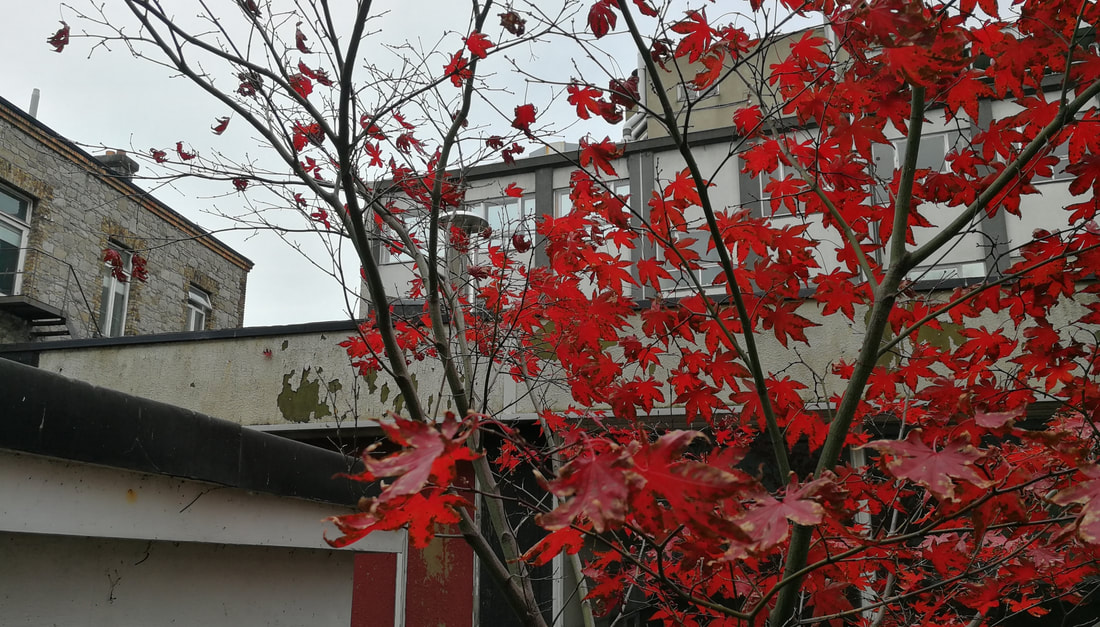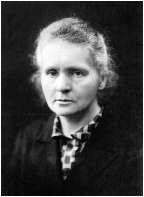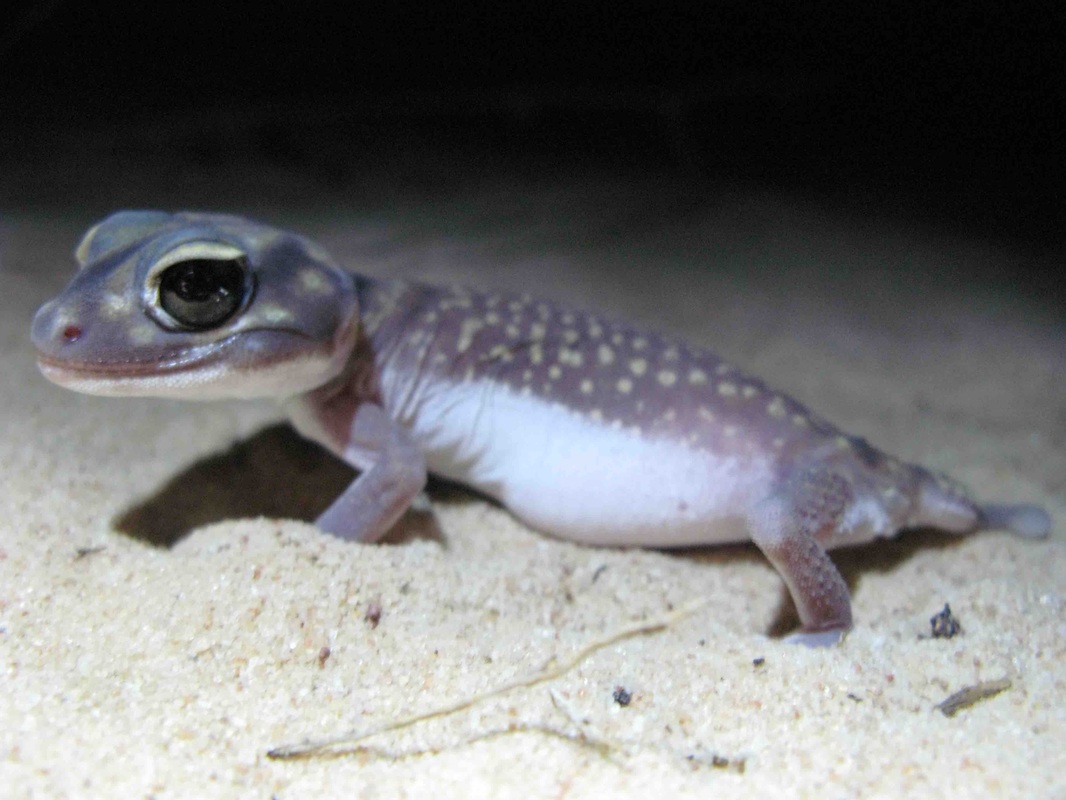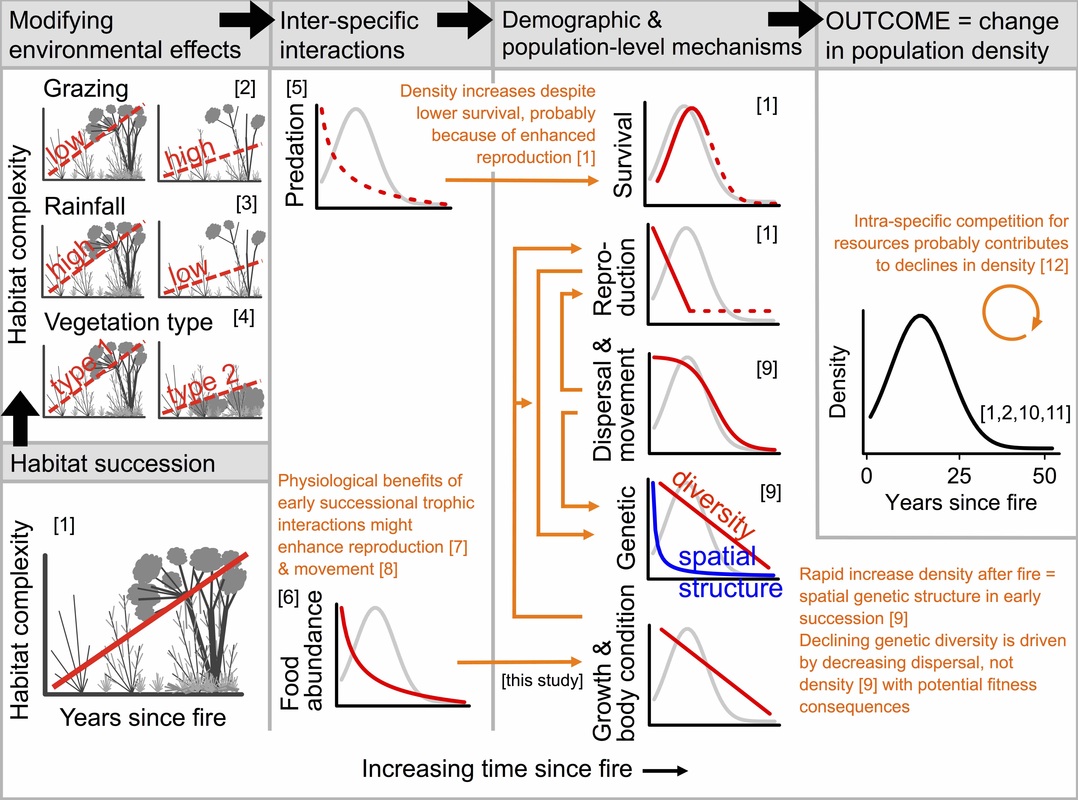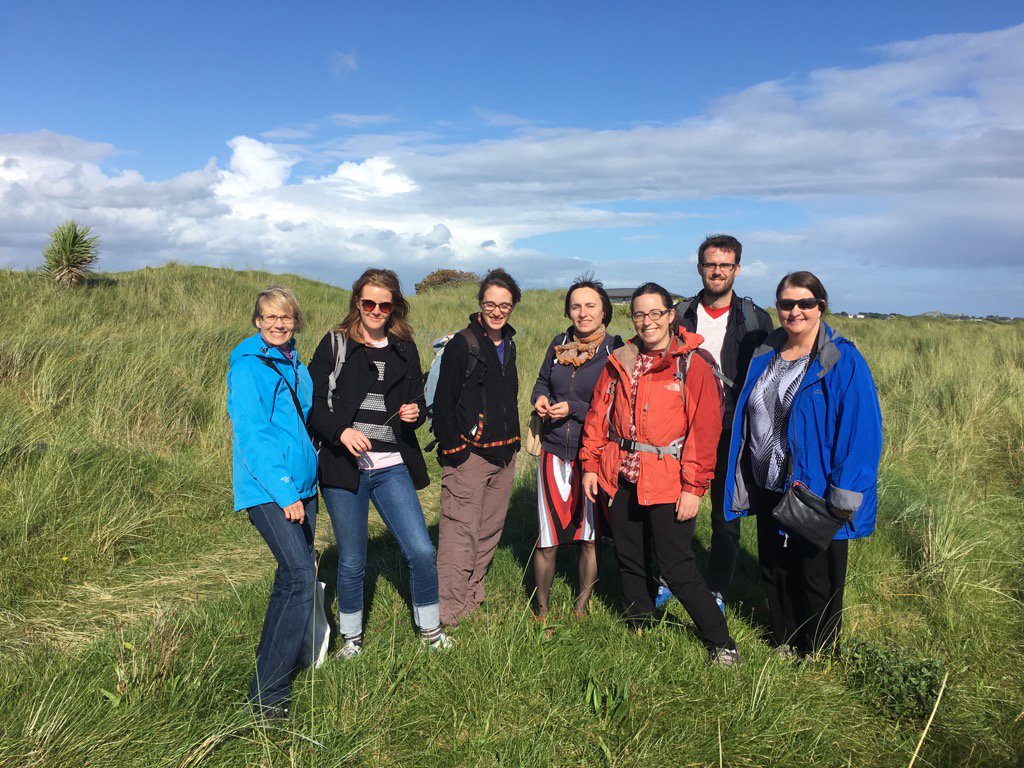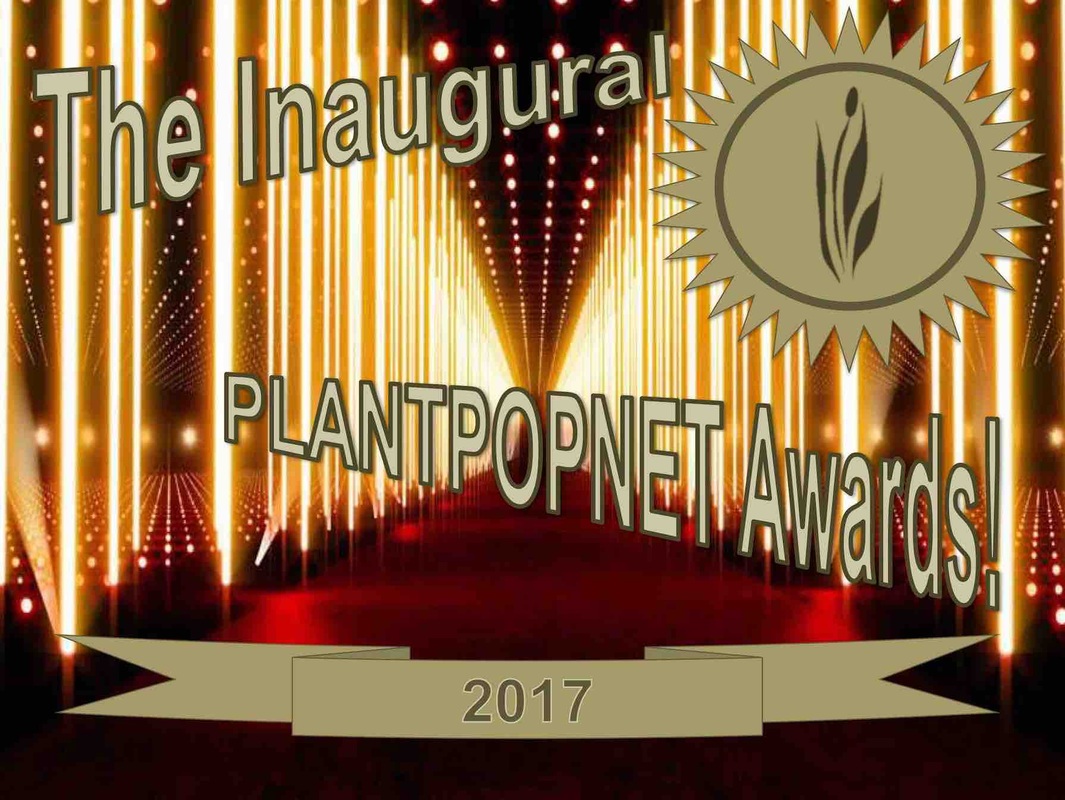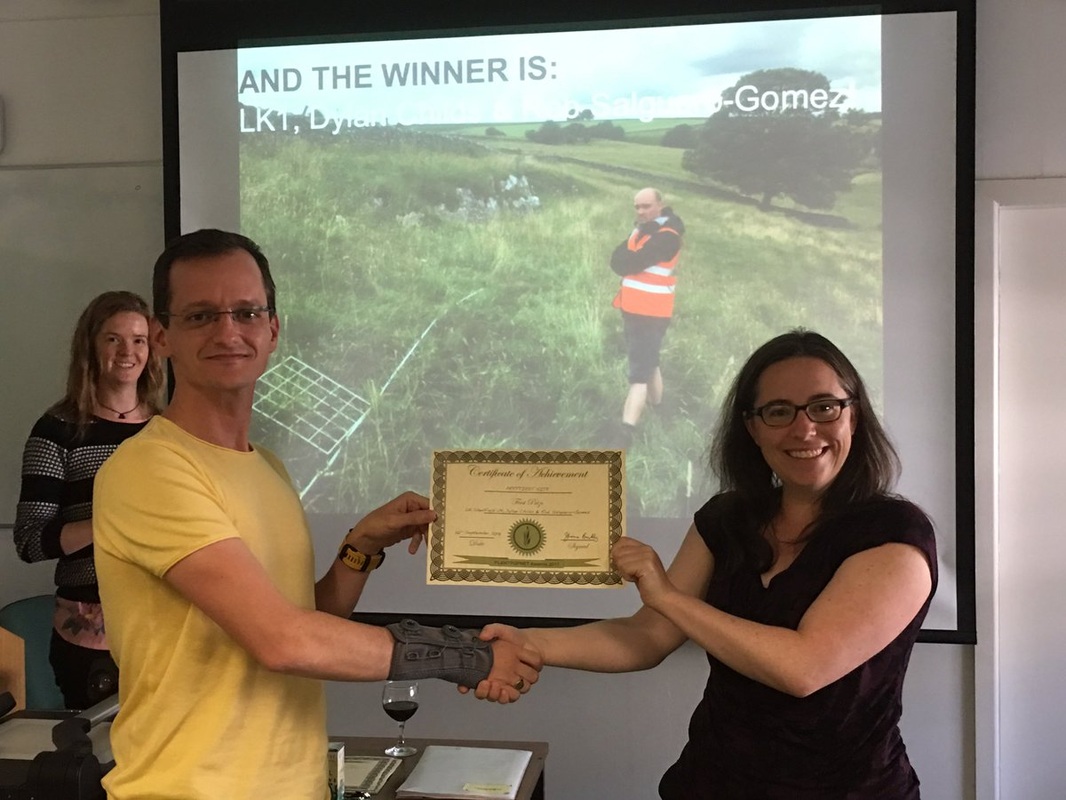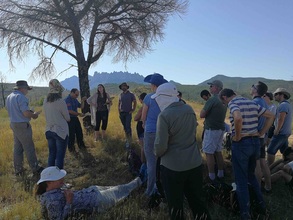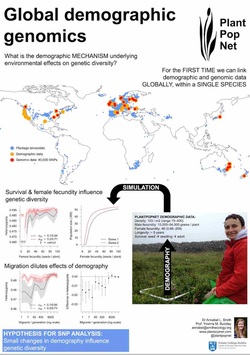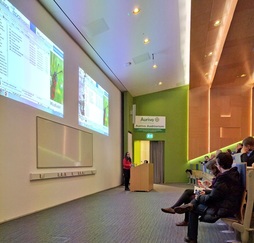My new Perspective article argues that there should be a greater focus on what journals, publishers, societies and universities should do instead of focusing on stories and celebrations of extraordinary individuals overcoming barriers. I explain why this is the case and then provide a series of practical solutions that might help us achieve structural changes.
You can read the paper here: Smith A.L. (2018). Increasing editorial diversity: strategies for structural change. Fire 1: 42.
Or check out my blog post on Trinity College's excellent EcoEvo Blog.
